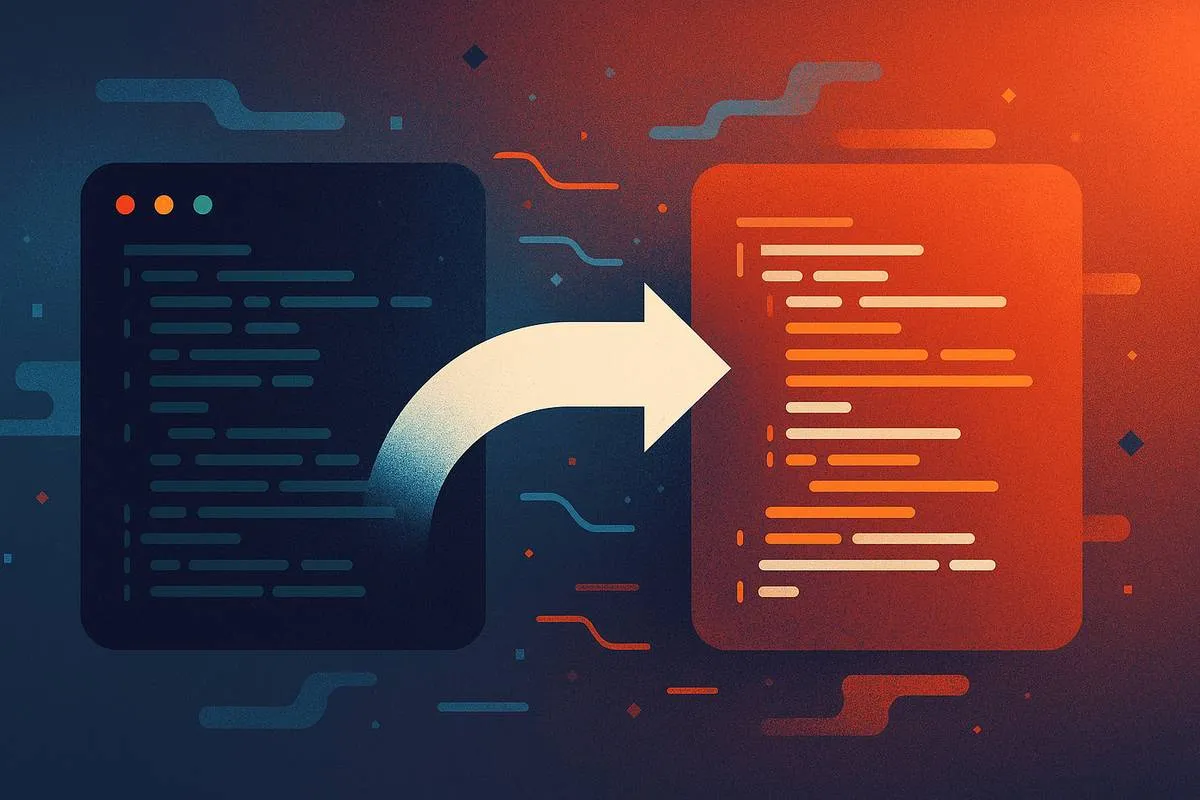Rethinking V2 and Avoiding the Rewrite Trap in the Age of AI

Every engineer has felt it, the urge to scrap the old system and rebuild a shiny “V2” from scratch. It feels clean, full of promise, like a chance to fix everything at once.
But most rewrites fail.
Why Rewrites Fail
The problem is not just technical debt. It is the invisible weight of history that disappears when you start fresh:
- Tribal knowledge that never made it into documentation
- Unwritten decisions buried in Slack threads or old emails
- Hard-won lessons encoded in obscure bug fixes
A full rewrite erases all of this context. The smarter path is almost always gradual migration, guided by business value rather than technical purity.
The Microservices Temptation
Modernization often swings too far in the other direction: splitting everything into microservices. That can work, but it often creates more orchestration overhead than business value.
A better middle ground is fat services:
services that encapsulate entire business domains behind clear, well-defined boundaries. They provide agility and maintainability without fragmenting the system into dozens of brittle pieces.
AI and the New V2
AI is reshaping how we build software, creating what feels like a new “V2” of engineering itself.
The danger is mistaking AI-powered shortcuts for engineering discipline. Moving fast without clarity is just another rewrite trap.
That said, AI is already changing workflows for the better. It can write unit tests, generate boilerplate, or surface edge cases in ways that save real time. The key is using AI as an augmentation tool, not a replacement for judgment.
Thriving in the AI Era
The teams that will thrive in this new era are not the ones that chase rewrites or hype cycles. They are the ones that:
- Move deliberately
- Respect the context embedded in existing systems
- Apply AI with clarity and intent
- Keep trust and discipline at the center of their engineering ethos
Rewrites are seductive. But progress comes from evolution with judgment, not revolution without memory.